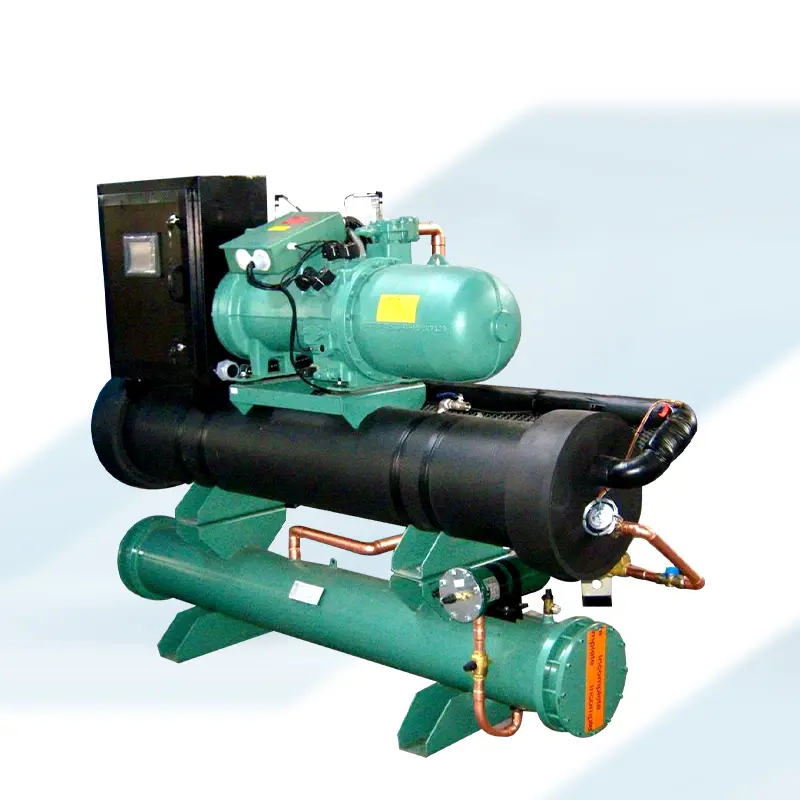
Harnessing Efficiency: Explore Our Water Cooled Condensing Units
A water cooled condensing unit is one of the main components of a refrigeration system designed to dissipate heat generated during the cooling process. Unlike air-cooled units that rely on ambient air for cooling, these units utilize a closed-loop system that circulates water, providing a highly efficient means of heat transfer.
Abe & Hex India Private Limited is a leading brand engaged in designing and manufacturing top-notch water cooled refrigeration condensing units. Our remarkably compact Water Cooled Condensing Units optimize space utilization within the user’s facility. They excel in efficiency, standing out as the best product in the HVAC sector and other industrial processing applications. As leading Water Cooled Condensing Unit Manufacturers in India, we use the finest quality materials and components sourced from the top vendors in the manufacturing of these products.
PRODUCTS GALLERY
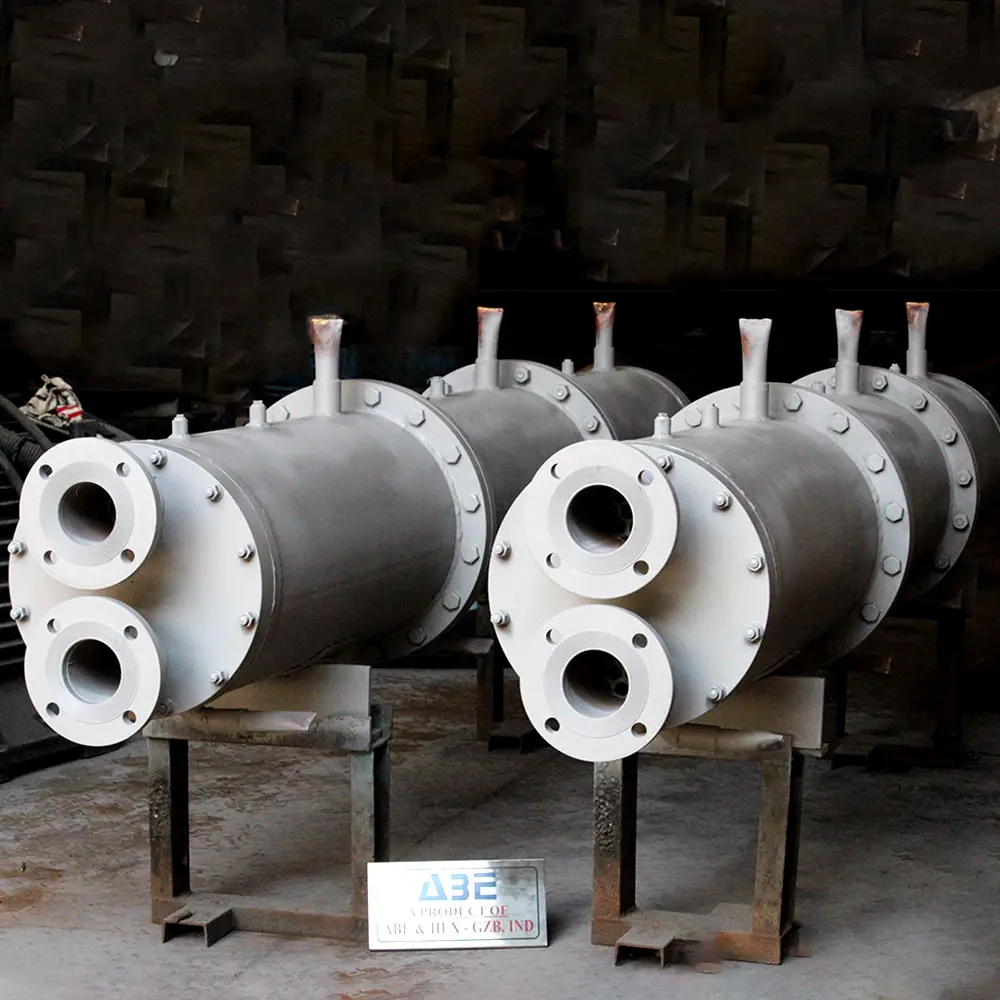
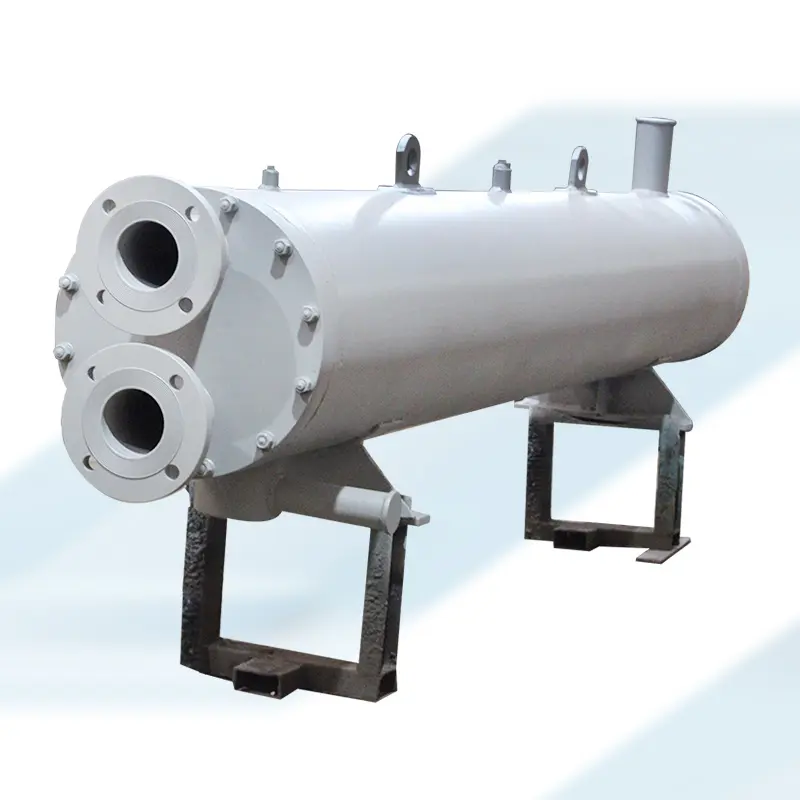
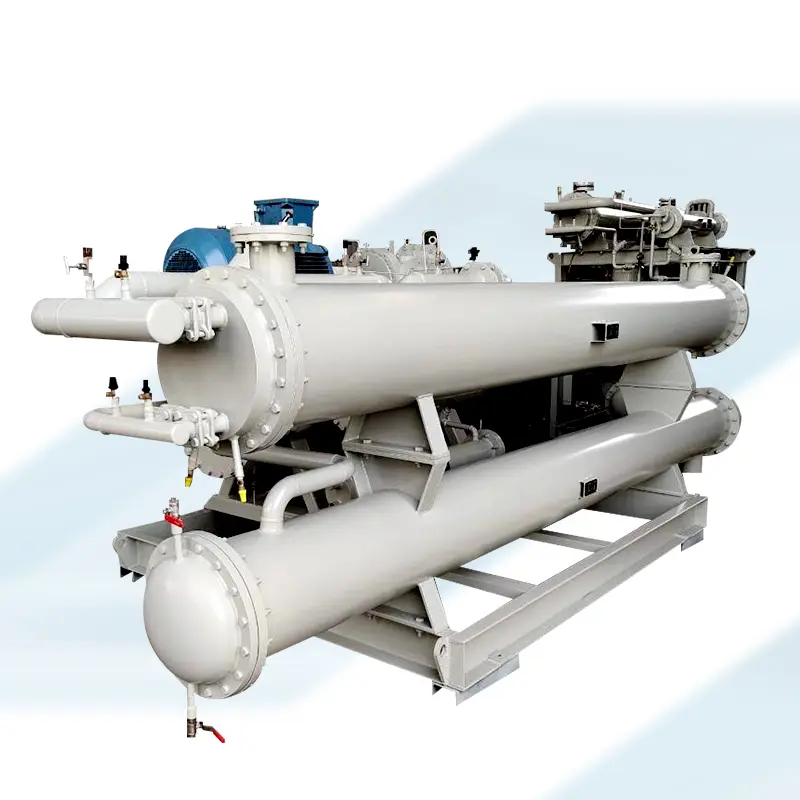
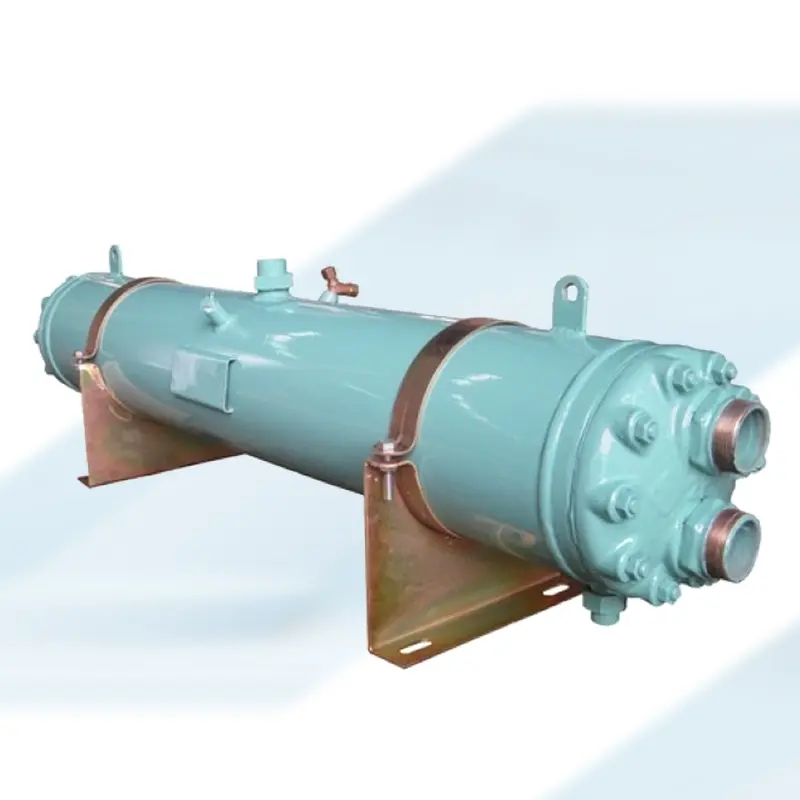

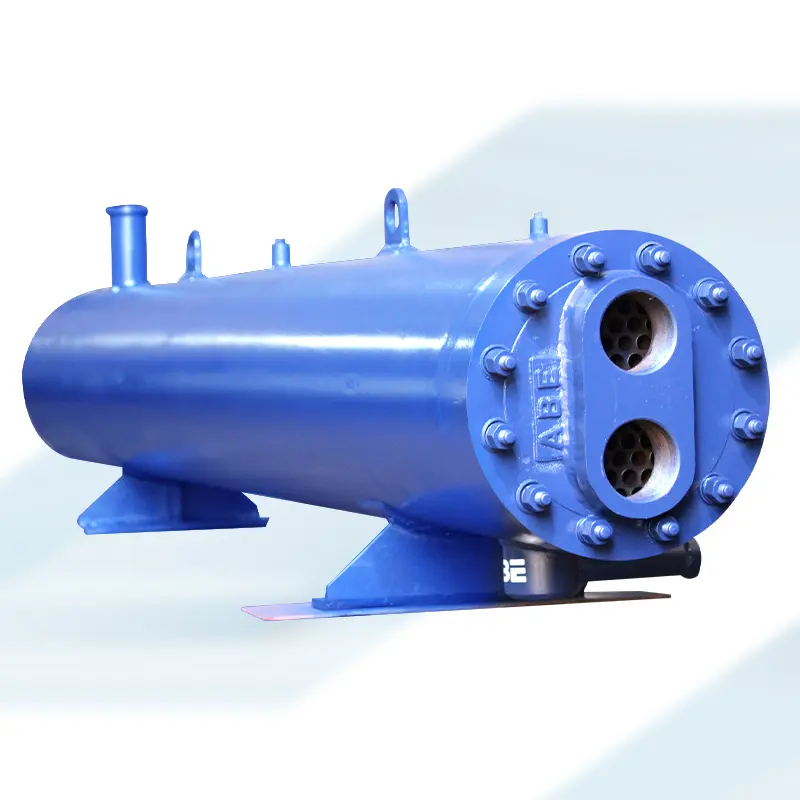
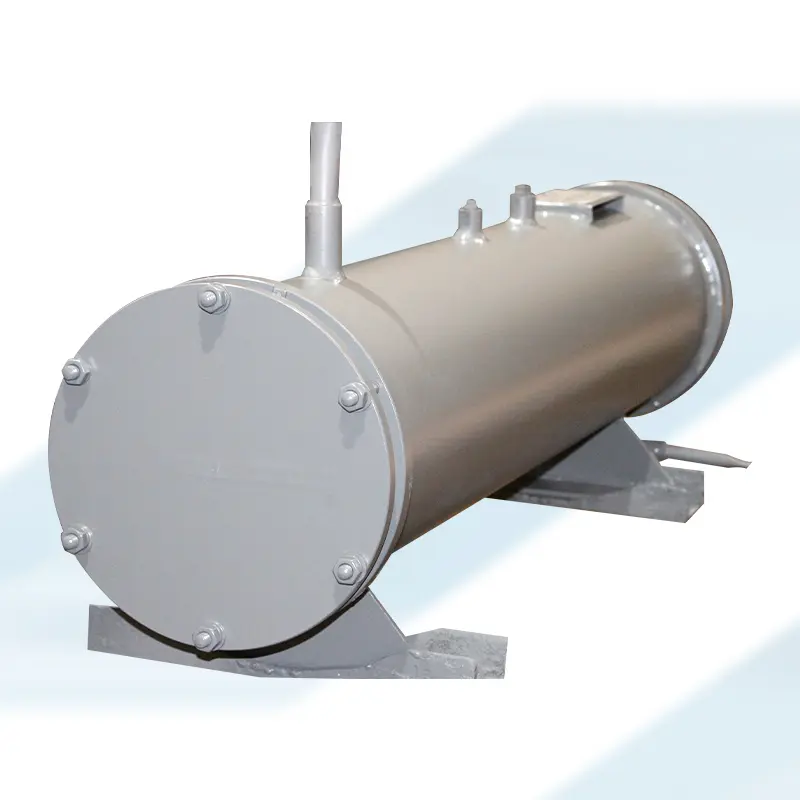
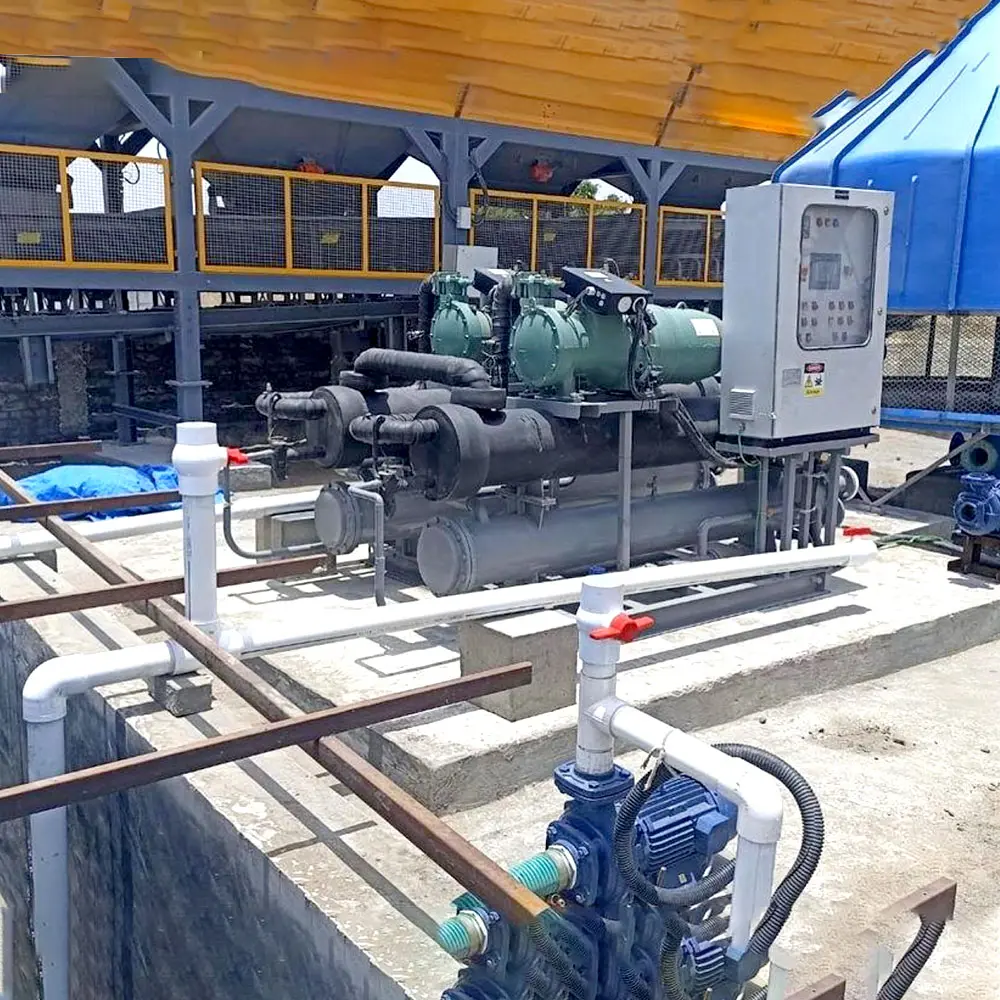
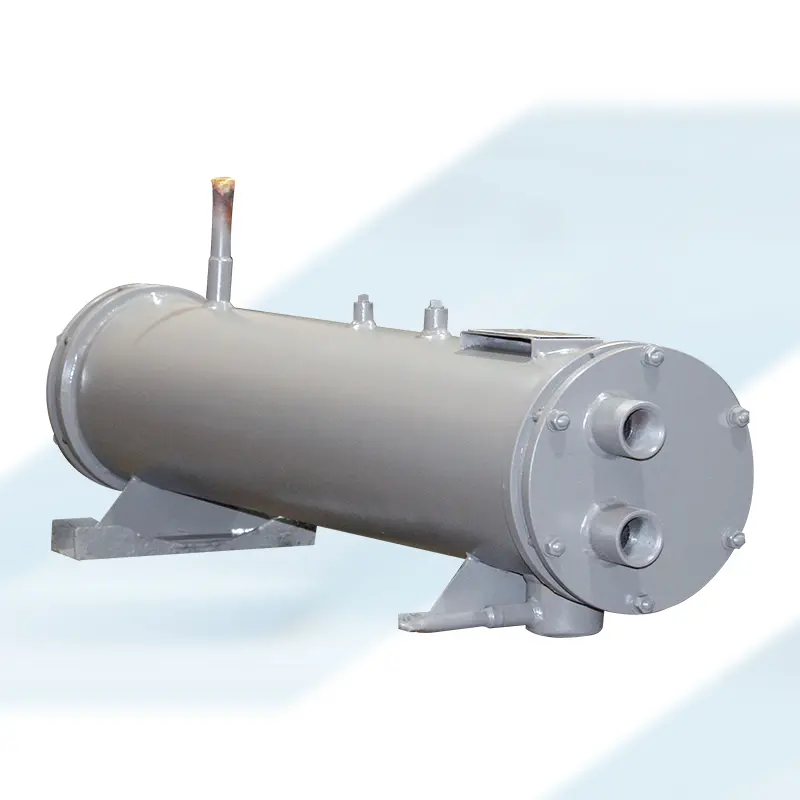
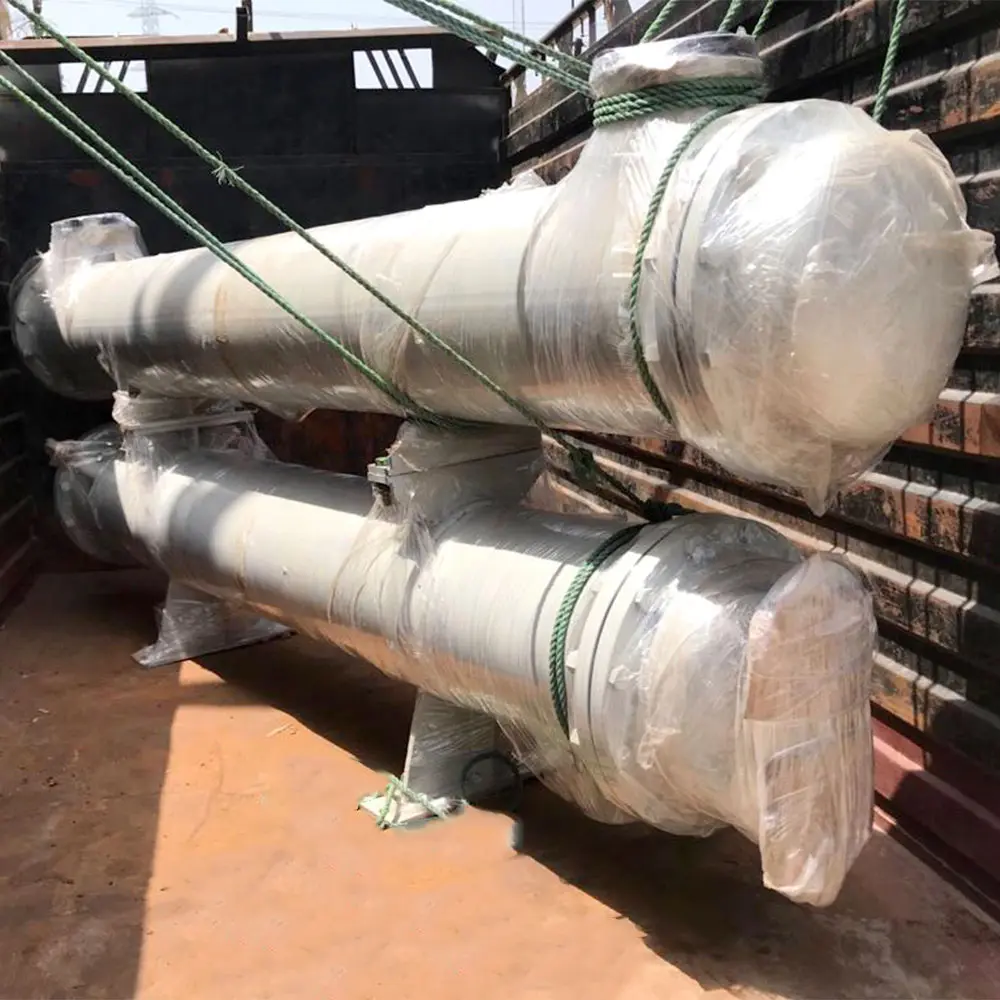
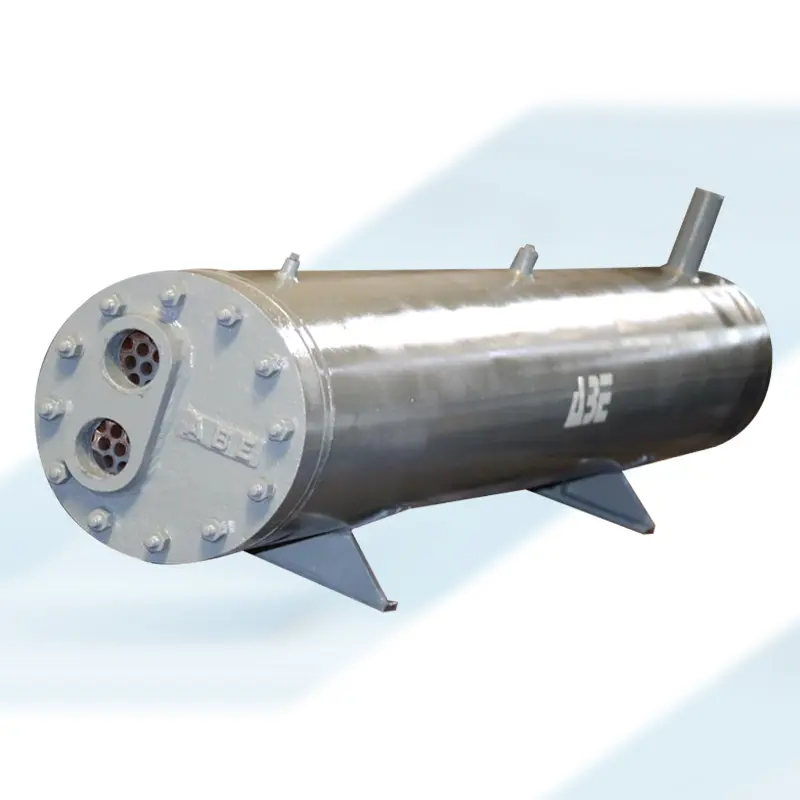
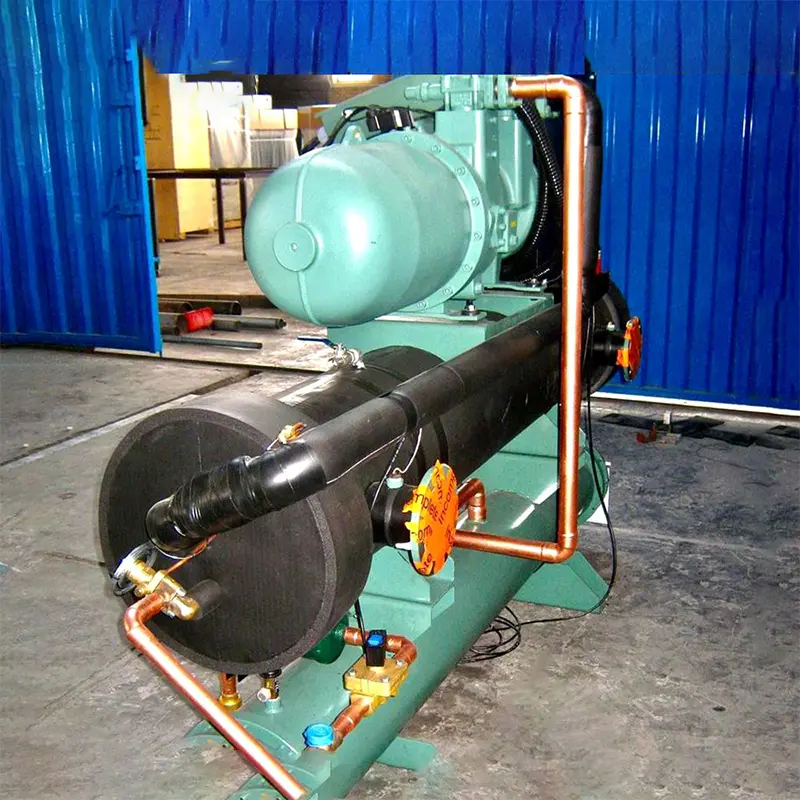
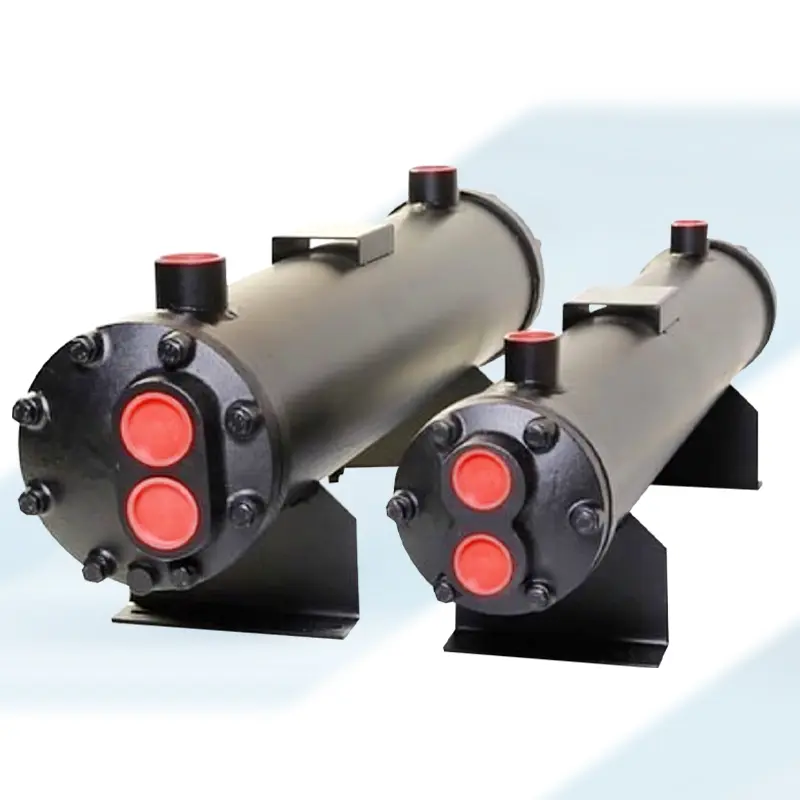
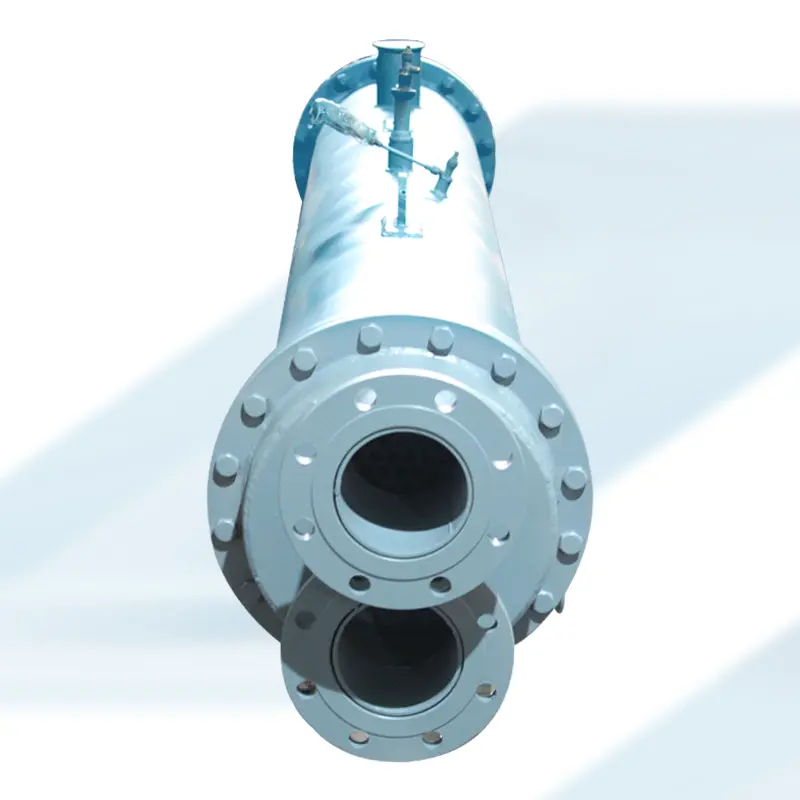
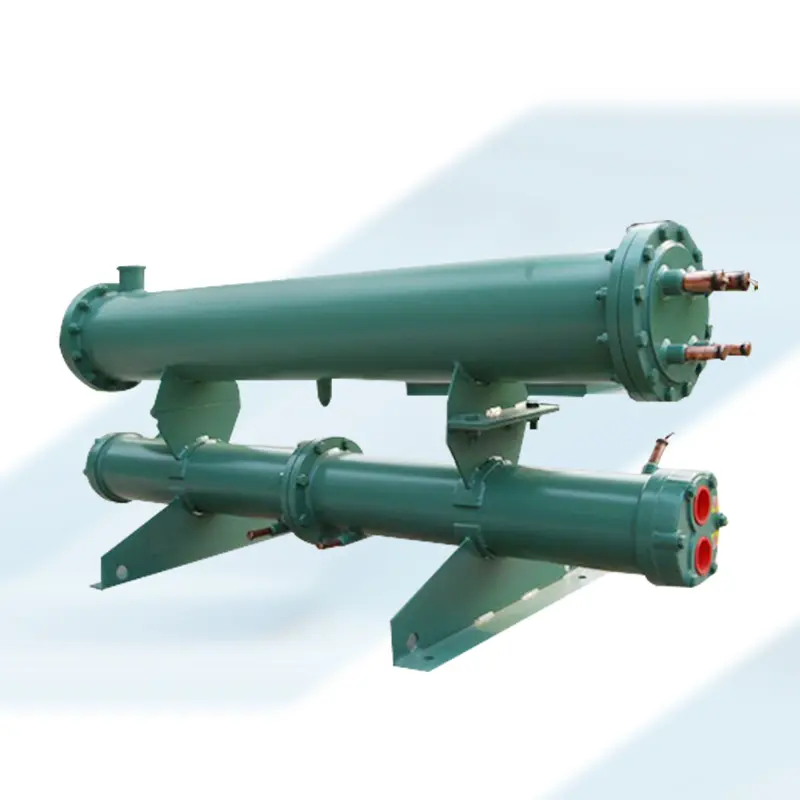
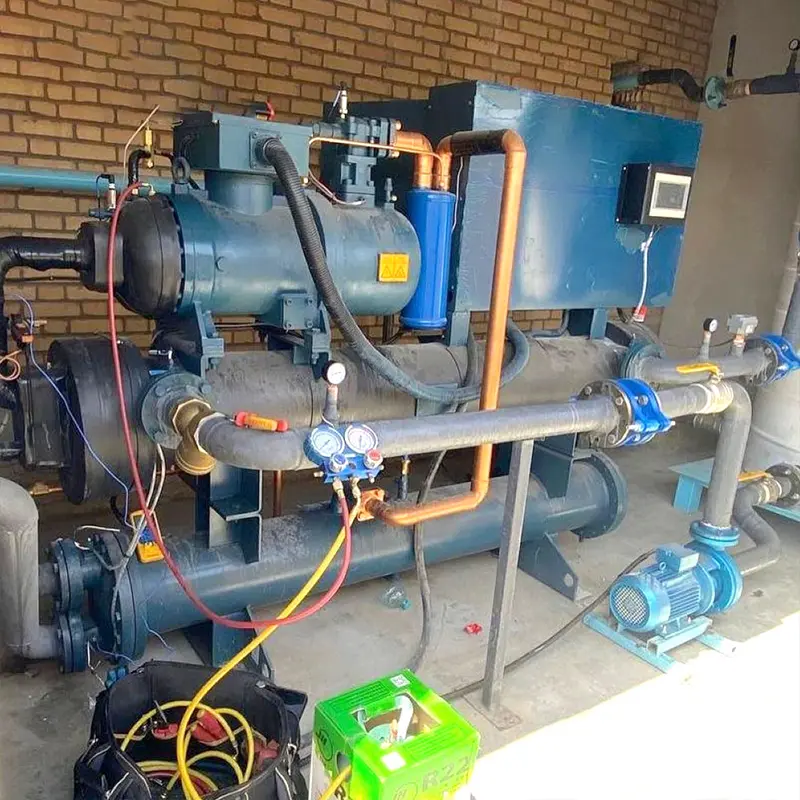
Leading Brands of Water Cooled Condensing Units
With a cutting-edge water cooled condenser in the refrigeration system at its core, this unit ensures efficiency, minimizing environmental impact and maximizing cost savings. The sturdy exteriors of these units garner significant market acclaim.
Additionally, the state-of-the-art technology employed in our Water Cooled Condensing Units positions them as a premier choice among clients across the industry. The outstanding resistance to corrosion, abrasion, and impact exhibited by these units significantly fuels their continually rising demand in the market. As one of the most reliable Water Cooled Condensing Unit Suppliers in India, we offer these units in a range of mechanical and dimensional specifications for customers.

Key Features
- Low Noise Level
- Rotary Compressors
- Compact and Lightweight
- Highly Efficient and Reliable
- Easy and Smooth Installation
- Available in Customized Options
- Robustly Designed for Better Performance
Applications
- Data Centers
- Process cooling
- Food & beverage industry
- Commercial Refrigeration Systems
- Industrial Processes like Chemical Processing
- Supermarkets, Restaurants, and Convenience Stores
SPECIFICATIONS
The condenser capacity should be proportional to the chiller system’s cooling load. This is usually expressed in tonnes or kilowatts.
In the context of shell and tube condensers, the tube arrangement is subject to variation, offering options like finned tubes or smooth tubes, all dependent on the efficiency and heat transfer criteria.
When machines use water to cool off, they like the water to be just right. We need to keep an eye on the water quality to make sure it doesn’t cause any problems like getting rusty or scaly.
- Shell and Tube Condenser: In this type, refrigerant flows through tubes, and a shell allows water to pass around them.
- Plate Heat Exchanger: This exchanger is used as a condenser in some chillers for its compact and efficient design.
Consider designs and features that are good at saving energy. This way, you’ll spend less money on keeping things running smoothly.
The condenser should be the right size to fit comfortably in the chiller plant.
The water-cooled condenser needs to be designed in a way that it can handle a specific amount of water flowing through it. This amount depends on how powerful the chiller is and how much cooler you want the water to be.
See if the condenser has controls and a way to keep an eye on how it’s working, and if it can tell you if something goes wrong.
In some condenser designs, you may need fans or pumps to help cool things down or make sure the water flows properly.
The condenser is usually made from materials that are resistant to corrosion. Some examples include copper, aluminum, and stainless steel.
Make sure you do things the way the maker tells you to when you’re putting it in, using it, and keeping it in good shape.
The condenser is equipped with a heat transfer surface area that is meticulously designed to ensure the efficient transfer of heat from the refrigerant to the cooling water.
Being able to easily reach the condenser for maintenance and cleaning is a key factor in making sure it works well for a long time.
Confirm that the condenser is suitable for the refrigerant your chiller system uses.
See to it that the condenser follows both safety and environmental rules.
The condenser should come equipped with inlet and outlet connectors to enable the flow of refrigerant within and out.
The condenser will feature inlet and outlet connections for the cooling water supply and return.
